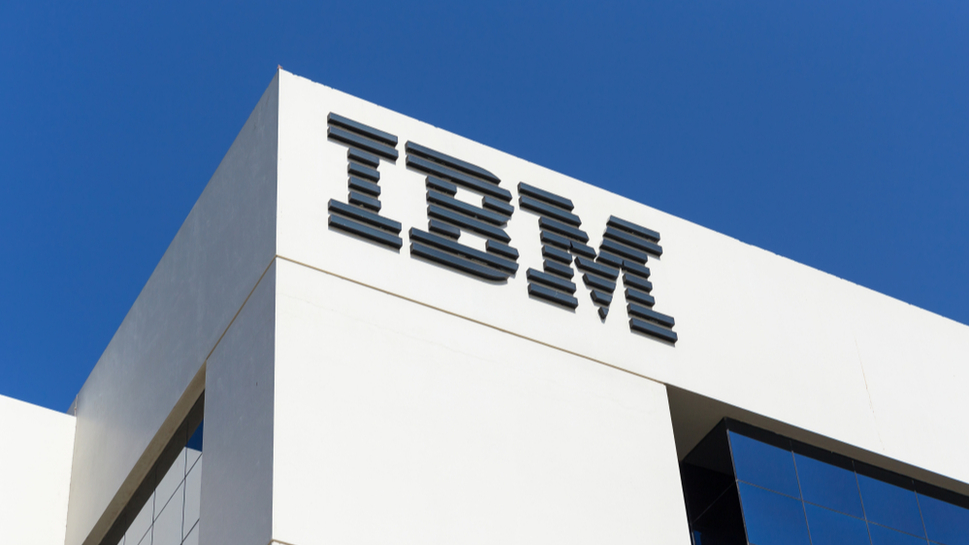Cyber security attacks have more than tripled in the past few years and the numbers will continue to ...
More increase As artificial intelligence (AI) accelerates transformation across industries, it simultaneously exposes enterprises to unprecedented cybersecurity risks. Business leaders can no longer afford a reactive posture, businesses need to safeguard their assets as aggressively as they are investing in AI. Recently, Jason Clinton, CISO for Anthropic, underscored the emerging risks tied to non-human identities —as machine-to-machine communication proliferates, safeguarding these "identities" becomes paramount and current regulations are lagging.

Without a clear framework, machine identities can be hijacked, impersonated, or manipulated at scale, allowing attackers to bypass traditional security systems unnoticed. According to Gartner’s 2024 report, by 2026, 80% of organizations will struggle to manage non-human identities, creating fertile ground for breaches and compliance failures. Joshua Saxe, CISO of OpenAI, spotlighted autonomous AI vulnerabilities, such as prompt injection attacks .
In simple terms, prompt injection is a tactic where attackers embed malicious instructions into inputs that AI models process—tricking them into executing unauthorized actions. For instance, imagine a chatbot programmed to help customers. An attacker could embed hidden commands within an innocent-looking question, prompting the AI to reveal sensitive backend data or override operational settings.
A 2024 MIT study found that 70% of large language models are susceptible to prompt injection, posing significant risks for AI-driven operations from customer service to automated decision-making. Furthermore, despite the gold rush to deploy AI, it is still well understood that poor AI Governance Frameworks remain the stubborn obstacle for enterprises. A 2024 Deloitte survey found that 62% of enterprises cite governance as the top barrier to scaling AI initiatives.
Regardless of the threat, its evident that our surface area of exposure increases as AI adoption scales and trust, will become the new currency of AI adoption. With AI technologies advancing faster than regulatory bodies can legislate, businesses must proactively champion transparency and ethical practices. That’s why the next two years will be pivotal for establishing the best practices in cyber security.
Businesses that succeed will be those that act today to secure their AI infrastructures while fostering trust among customers and regulators, and ensure the following are in place: Auditing and protecting non-human AI identities. Conducting frequent adversarial testing of AI models. Establishing strong data governance before scaling deployments.
Prioritizing transparency and ethical leadership in AI initiatives. The AI-driven future will reward enterprises that balance innovation with security, scale with governance, and speed with trust. As next steps, every business leader should consider the following recommendations: Audit your AI ecosystem for non-human identities—including chatbots and autonomous workflows.
Strengthen authentication protocols and proactively collaborate with legal teams to stay ahead of emerging frameworks like the EU’s AI Act, anticipated to close regulatory gaps by 2026. Implement regular vulnerability audits for AI models, particularly those interfacing with customers or handling sensitive data. Invest in adversarial testing tools to proactively detect and mitigate model weaknesses before adversaries can exploit them.
Be transparent about your AI applications. Publicly share policies on data usage, model training processes, and system limitations. Engage actively with industry coalitions and regulatory bodies to influence pragmatic, innovation-friendly policies.
.
Technology

The Next Two Years In AI Cybersecurity For Business Leaders

From scaling laws and autonomous AI risks to the complexity of enterprise adoption, here’s what executives must know—and act on—over the next three years.















